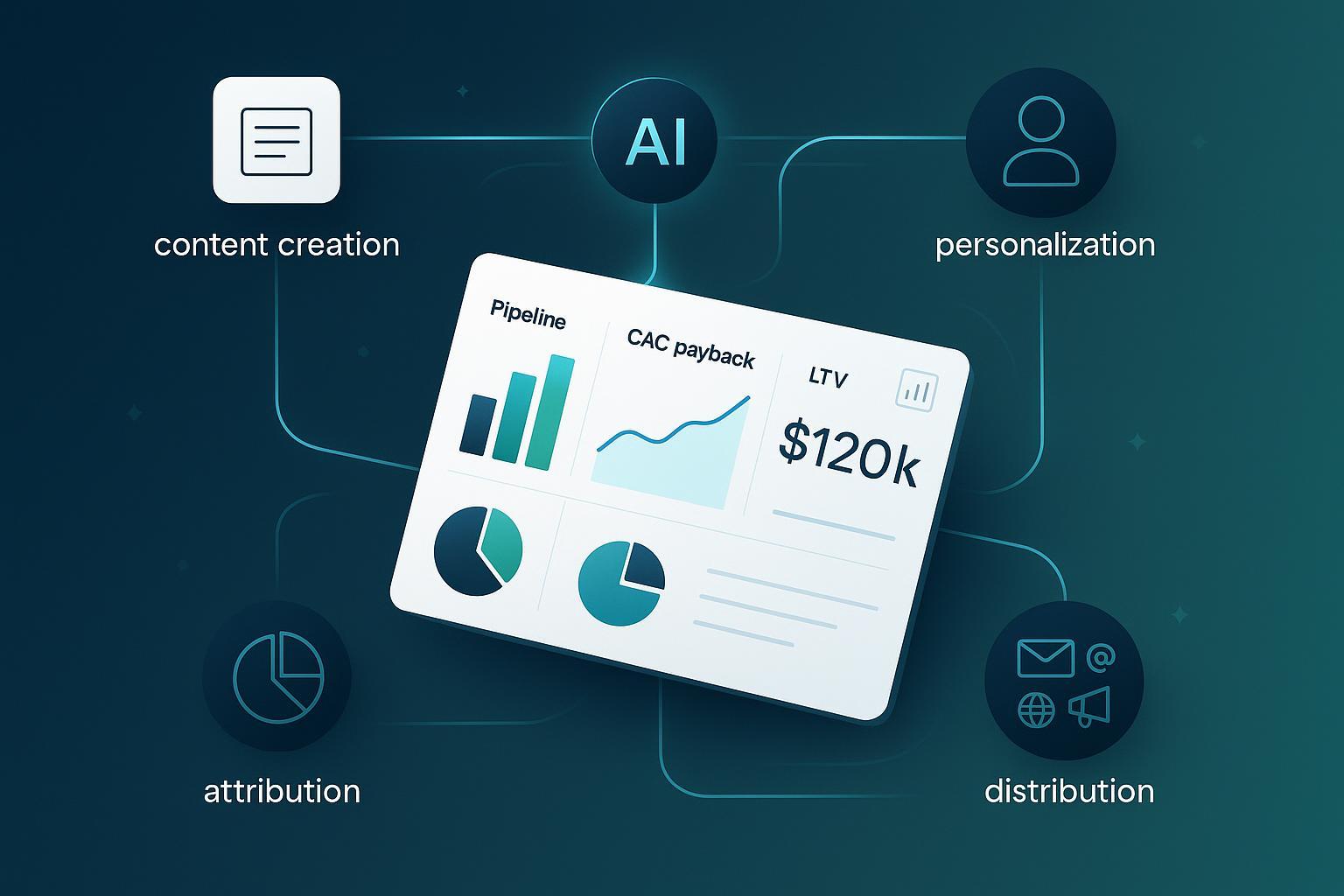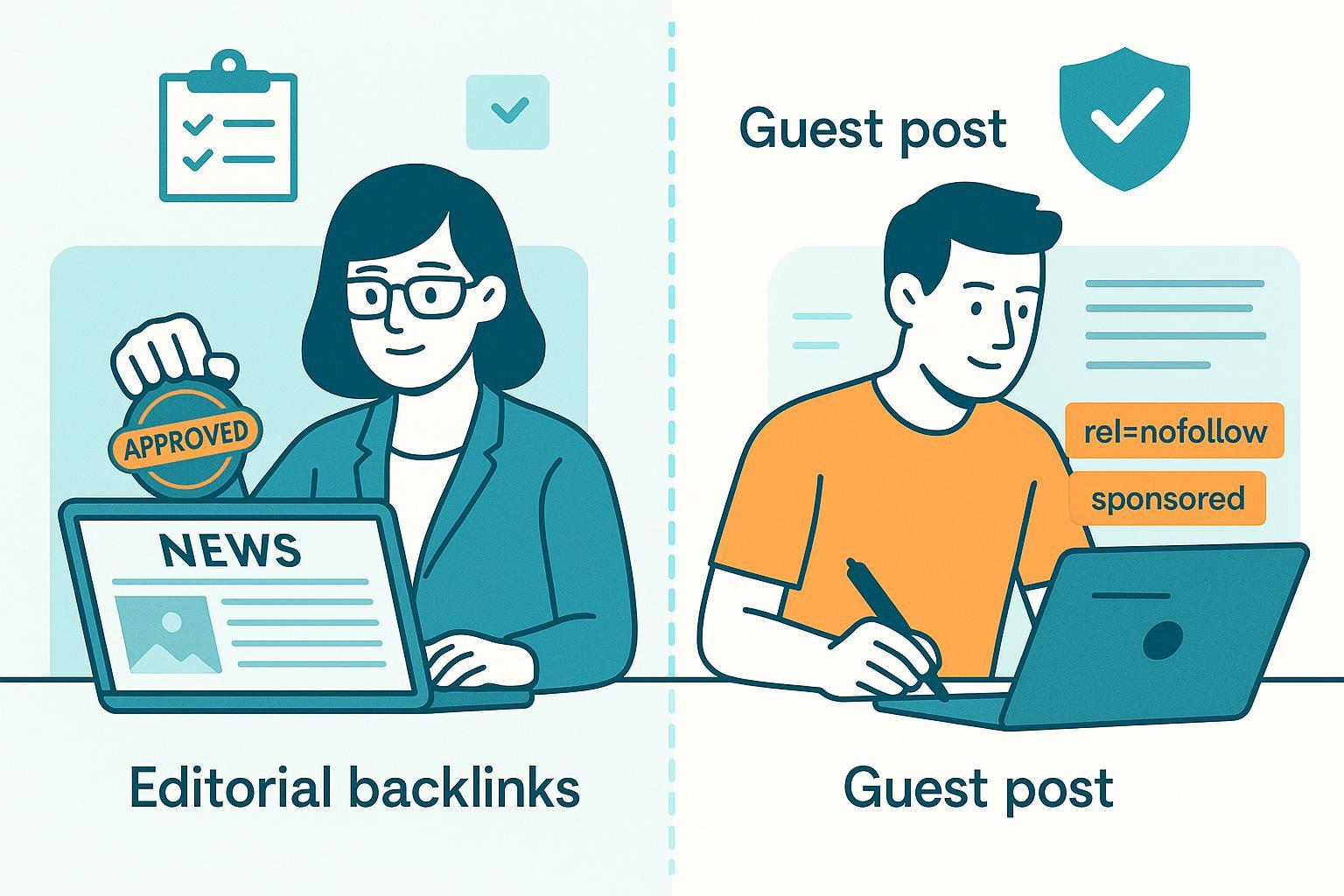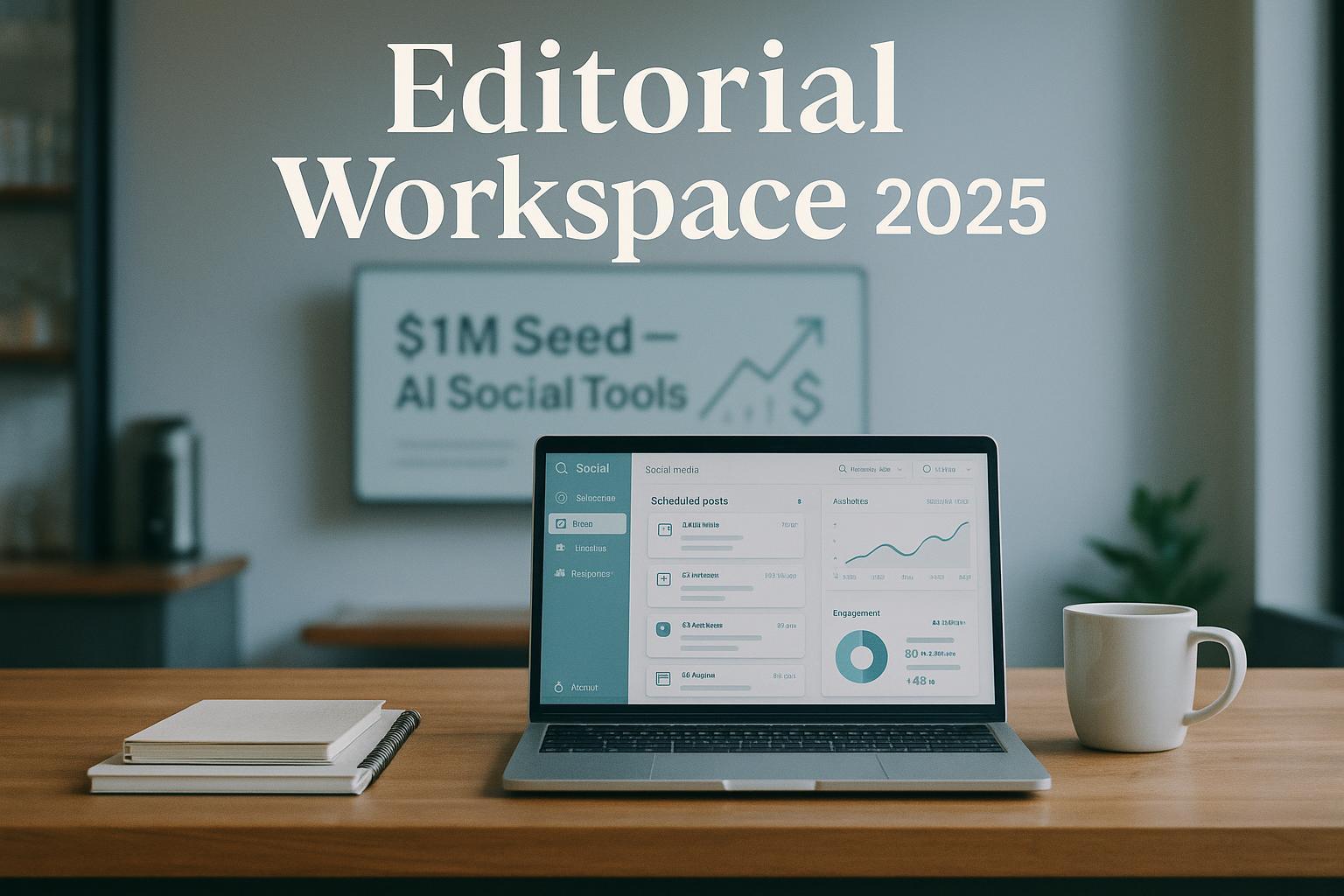First-Party Data & Privacy Policies: Critical SEO Factors in 2025
Discover how first-party data and privacy policies shape SEO rankings in 2025 after Google’s core update. See expert insights and act now!


Google’s 2024–2025 shift is clear: elevate helpful, trustworthy content and reduce manipulative noise—while the web at large moves to consented, privacy‑first experiences. That does not mean “first‑party data” or “privacy policy pages” suddenly became explicit ranking signals. It does mean they now underpin the trust, engagement, and measurement context where rankings are won.
According to the March 2024 announcement, Google reinforced quality and added new spam policies targeting scaled and manipulative content, with the company stating a goal to cut low‑quality results by “40%” across efforts in 2024 (Google Product Blog, 2024). See the official guidance in Google Search Central’s March 2024 core update and spam policies, which explains the crackdown on expired domain abuse, scaled content abuse, and site reputation abuse. The rollout completed on April 19, 2024, as covered in Search Engine Land’s completion recap (2024).
At the same time, Chrome’s privacy roadmap shifted. On July 22, 2024, Google outlined “a new path” for the Privacy Sandbox: rather than deprecate third‑party cookies outright, Chrome would present an informed, adjustable choice to users across browsing. You can read the exact language in Google’s “A new path for Privacy Sandbox” update (2024) and the status details on Privacy Sandbox’s cookies overview.
Are privacy policies and first‑party data ranking factors?
Short answer: No, not as direct, individual signals. Google’s page‑experience documentation emphasizes that there is no single metric; rankings reflect “a variety of signals that align with overall page experience,” combined with broader quality systems and E‑E‑A‑T expectations. See the 2025 guidance in Google’s page experience documentation.
However, transparent privacy practices and rich first‑party relationships indirectly improve the very inputs that help you win organic share in 2025:
- Trust and credibility signals that support E‑E‑A‑T
- Better engagement (lower pogo‑sticking, higher return visits, higher newsletter signups)
- Cleaner measurement for SEO tests and content decisions as third‑party data weakens
The SEO Trust Stack for 2025
Think of your SEO moat as a Trust Stack—four layers you can operationalize.
- Privacy clarity and disclosures
- Plain‑language privacy policy with a visible last‑updated date and a contact channel for data inquiries. These are widely recommended by regulators and privacy bodies (e.g., ICO/IAPP). Keep the policy crawlable and linked from the footer (and header when appropriate).
- Align the policy with real data flows. If you list categories collected, purposes, retention, and user controls, ensure your site actually behaves that way.
- Consent UX that respects users and performance
- Avoid intrusive interstitials and layout shifts. Google’s guidance asks sites to avoid intrusive interstitials and make main content clearly distinguishable; see the 2025 page experience checklist.
- Provide granular controls and an always‑available “change consent” link in the footer.
- Monitor Core Web Vitals after deployment; vendor engineering teams report that CMP implementations can materially affect INP and CLS. Treat such findings as directional, and test on your stack.
- Transparent authorship and sourcing
- Clear author bios, credentials, and editorial standards pages. Cite primary sources in content with descriptive anchors. This connects your content to verifiable expertise.
- Technical trust signals
- Organization, AboutPage, and ContactPage structured data where applicable. See Google’s structured data introduction for schema guidance.
- Stable UX: mobile‑first rendering, fast LCP (≤2.5s), low CLS (≤0.10), and responsive interactions (INP ≤200ms).
Playbook: Turn the Trust Stack into action
- Privacy policy upgrades (1–2 sprints)
- Inventory data flows (analytics, forms, pixels). Ensure the policy enumerates data categories, purposes, retention windows, and user rights.
- Add a last‑updated date and a clear contact method. Place links in the footer and on any form that collects personal data.
- Keep the page indexable unless legal counsel requires otherwise. Use accessible, plain language; avoid legalese where possible.
- Consent UX without SEO pain
- Use a small, non‑blocking banner that doesn’t cover core content. Reserve layout space to avoid CLS.
- Offer granular toggles; default to deny, then update on consent. For GA4 and Google tags, follow the platform’s consent guidance.
- Re‑test Core Web Vitals in field data (CrUX/Search Console). If needed, consider server‑side rendering for CMPs to reduce runtime overhead.
- First‑party data as a value exchange
- Contextual prompts within relevant content (e.g., a newsletter box on blog posts) beat full‑page popups.
- Introduce zero‑party surveys (topic preferences, frequency). Cap frequency and honor user choices.
- Map the content calendar to signals from your first‑party cohorts; user‑stated interests should feed topic selection and on‑site recommendations.
- Defer non‑essential tags until consent is granted. Keep your main thread free for content.
- Implement Organization, AboutPage, and ContactPage schema where applicable.
- Audit author pages, editorial policies, and source citation patterns to reinforce E‑E‑A‑T.
Measurement resilience in a post‑cookie reality
To keep making smart SEO decisions as third‑party signals fade, you need consent‑aware analytics and clear assumptions.
- GA4 and Consent Mode v2: Initialize tags with default denied states and update on consent. See Google’s tag platform consent guide and technical parameters summarized by Simo Ahava’s Consent Mode v2 guide (2024).
- Track consent rates as a leading indicator. Analyze key SEO KPIs by consented vs. non‑consented cohorts to spot UX issues and content preferences.
- Use modeled conversions and engagement cautiously. Document assumptions when evaluating SEO experiments to avoid over‑crediting any single change.
Sample gtag.js pattern
<script>
// Default deny
gtag('consent', 'default', {
'ad_storage': 'denied',
'analytics_storage': 'denied',
'ad_user_data': 'denied',
'ad_personalization': 'denied'
});
// Later, on user consent
gtag('consent', 'update', {
'ad_storage': 'granted',
'analytics_storage': 'granted',
'ad_user_data': 'granted',
'ad_personalization': 'granted'
});
</script>
Operational workflow: make trust part of content ops
Embed trust checks into your editorial workflow so they’re not an afterthought.
- Pre‑publish checklist: author bio present, primary sources linked with descriptive anchors, policy link visible near forms, banner behavior verified, CLS/INP unaffected.
- Quarterly audit: privacy policy accuracy vs. real tags, consent toggle UX, schema coverage, and consent‑rate trends.
A practical way to operationalize these checks is to use an AI‑assisted content platform that bakes E‑E‑A‑T and trust signals into your editing process. QuickCreator can help teams standardize author bylines, structured data recommendations, and quality scoring across articles. Disclosure: QuickCreator is our product.
For a deeper look at trust scoring and how it ties to E‑E‑A‑T, explore our overview of the content quality score, and, for broader strategy alignment, see how to build content authority for Google’s 2025 update. If you need a real‑world model of transparent disclosures, review our own privacy policy structure as a reference for placement and clarity.
What to monitor next (and how to react)
- Google Search updates: When core updates roll out, revisit your trust stack. Re‑evaluate content helpfulness, sourcing, and UX friction. The March 2024 update context is detailed in Google’s core update and spam policy explainer, and the company’s 2024 objective to reduce low‑quality content was stated on the Google Product Blog.
- Chrome privacy milestones: Continue tracking the evolving Chrome experience described in Google’s July 22, 2024 Privacy Sandbox update and the cookies overview page. Adjust consent messaging and analytics instrumentation accordingly.
- Page experience guidance changes: Keep an eye on Google’s page experience documentation for any refinements to intrusive interstitials guidance and user‑first UX expectations.
Bottom line for 2025
First‑party data and transparent privacy policies are not new “ranking factors,” but they are now central to how you earn trust, sustain engagement, and measure what works—three levers that matter more than ever as Google’s quality systems evolve and Chrome’s privacy posture matures. Build your Trust Stack, instrument for consent, and make transparency part of your editorial DNA, and your SEO program will be more resilient to whatever 2025 throws at it.
Updated on 2025‑10‑03
- Reflected Google’s March 2024 core update outcomes and spam policy orientation toward helpfulness and authenticity.
- Incorporated Chrome’s July 22, 2024 Privacy Sandbox direction and implications for first‑party data and consent‑aware measurement.
Next triggers for update: New Google core update, Chrome privacy milestones, or consent/analytics framework changes.





